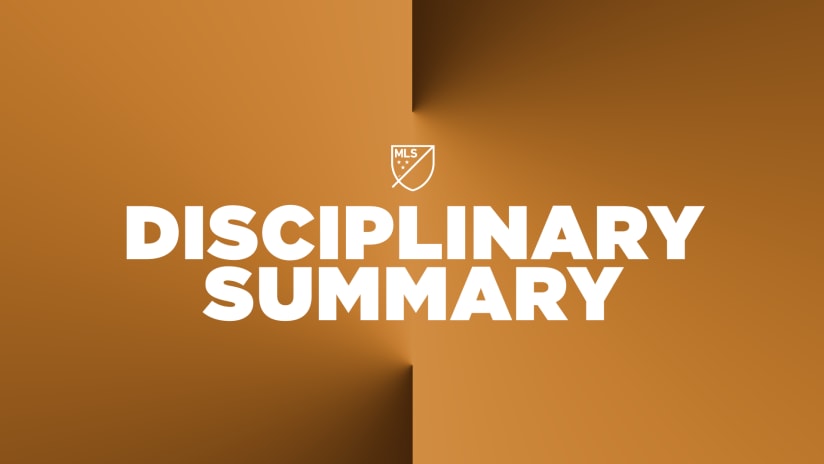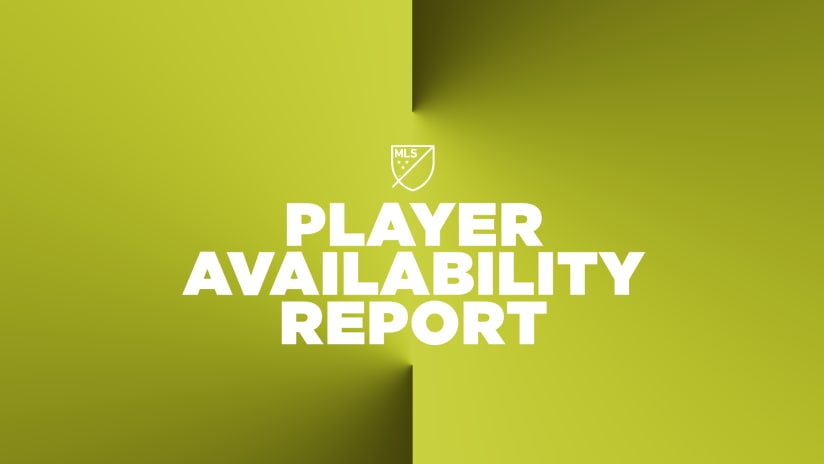US men's national team head coach Bruce Arena had a call today in which he namechecked just about every single human being in the United States, or with US parentage, or en route to citizenship. He swung from MLS to Liga MX to the Bundesliga to the English Championship to Scotland to the Netherlands and any/all stops in between.
The US player pool is both deep and broad. Jurgen Klinsmann's biggest and indisputable success as manager was making certain that's the case, and while he constantly undercut himself by trying to reinvent the wheel every time out, Arena's job is straight-forward: Keep it simple, keep guys in their best spots, and identify a formation and core that can all work together to make each other better.
We spend a lot of time focusing on the guys at the top of the pool like Christian Pulisic or Michael Bradley, and justifiably so. But today, after Arena's role-call, seems like a good day to swim to the deep end and try to categorize the whole thing.
The following is based upon a few things that I understand to be true about how Arena wants to play:
- There will be four at the back in almost every circumstance
- There will be a dedicated defensive midfielder
- Target forwards and second forwards serve different roles
- Not all second forwards play their role in the same way
- A two-forward lineup is likely, but not guaranteed
- Wingers serve a different function (penetration & goal-scoring) than wide midfielders (possession & shape)
I'm going to list literally every single person I think could plausibly be on the depth chart at this time – Bruce's list, not mine. With that in mind, here's what I think the US depth chart looks like at the moment:
GOALKEEPER
- Tim Howard (Colorado)
- Brad Guzan (Middlesbrough)
- Nick Rimando (RSL)
- Bill Hamid (D.C. United)
- Luis Robles (RBNY)
- David Bingham (San Jose)
- William Yarbrough (Leon)
- Ethan Horvath (Club Brugge)
Arena remains cautiously optimistic on Howard's availability for the game in March, and if he's healthy that would presumably move him to No. 1 on the list above. Guzan is expected to compete for that job – Arena said as much – but given that he's a fulltime backup for his club and likely won't play between now and March 24, I think he's got an uphill climb.
Hamid is on track to be healthy for D.C.'s season opener, and I think if he's healthy he'll be the top "next generation" 'keeper – though Horvath could change that if he gets minutes in Belgium.
LEFT BACK
- Jorge Villafana (Santos Laguna)
- Eric Lichaj* (Nottingham Forest)
- DaMarcus Beasley (unattached)
- Greg Garza (Atlanta)
- Jonathan Bornstein (Queretaro)
- Matt Besler* (Sporting KC)
- Edgar Castillo (Monterrey)
- Taylor Kemp (D.C. United)
- Robbie Rogers* (LA Galaxy)
- Justin Morrow (Toronto FC)
- Tim Ream* (Fulham)
I think Fabian Johnson's best use in the current US pool is at left back, but Arena said he'll be a midfielder or winger going forward. Fair enough! (Ed's note: It turns out Johnson is very much in consideration at left back. Read HERE for more)
Villafana was very impressive for the US in January camp, Lichaj and Garza were specifically namechecked by Arena in today's presser, and while Beasley is long in the tooth, you know very well he's a guy you can put on the field in Central America and he won't be intimidated. He was mentioned as well.
Yes, that's the legendary Jonathan Bornstein on that list, too. He's been the best US left back in Liga MX for several years, and obviously he has high level international experience as well.
Those asterisks, by the way, indicate guys who will show up in other positions on this depth chart.
CENTER BACK
- John Brooks (Hertha Berlin)
- Geoff Cameron* (Stoke City)
- Omar Gonzalez (Pachuca)
- Steve Birnbaum (D.C. United)
- Matt Besler* (Sporting KC)
- Matt Hedges (FC Dallas)
- Walker Zimmerman (FC Dallas)
- Tim Ream* (Fulham)
- Chad Marshall (Seattle)
- Jonathan Spector (Orlando City)
- Matt Miazga (Vitesse Arnhem)
- Michael Orozco (Tijuana)
The best part of 2016 for the US was the central defensive partnership between Brooks and Cameron at the Copa America, and Cameron's injury definitely has me worried. Supposedly he's close to returning, but returning to the gameday 18 and returning to match fitness are two drastically different things.
There are a whole bunch of U-20 center backs coming through the ranks, many with significant professional experience already. We'll worry about where they fit in come 2019, though.
RIGHT BACK
- DeAndre Yedlin (Newcastle United)
- Eric Lichaj* (Nottingham Forest)
- Timothy Chandler (Eintracht Frankfurt)
- Graham Zusi (Sporting KC)
- Brad Evans (Seattle Sounders)
- Geoff Cameron* (Stoke City)
- Keegan Rosenberry (Philadelphia Union)
- Robbie Rogers* (LA Galaxy)
- Desevio Payne (FC Groningen)
This is pretty clearly Yedlin's job to lose – and given the way he's playing for Newcastle, there's little chance he'll do so. Even so, the versatility of Lichaj is a wonderful security blanket for Arena when making up his roster, as he can play on either side with a level of competency.
Chandler keeps getting mentions, which does not fill me with glee (the US are 9-10-6 all-time when he starts), but it's justifiably difficult to ignore someone who's starting for the third-place team in the Bundesliga. Zusi got a mention as well despite struggling with Jamaica's speed.
Payne is now starting in the Eredivisie, which should certainly have him on the radar.
DEFENSIVE MIDFIELD
- Michael Bradley (Toronto FC)
- Dax McCarty (Chicago Fire)
- Danny Williams* (Reading)
- Geoff Cameron* (Stoke City)
- Perry Kitchen (Hearts)
- Wil Trapp (Columbus)
- Alfredo Morales* (Ingolstadt)
Williams is a starter for one of the best clubs in the Championship, and Morales is a starter (sometimes as a box-to-box player, but often as a d-mid) for a Bundesliga club. Neither figured prominently for Klinsmann, and it looks like that will be the same with Arena, who was especially cryptic about Morales in an interview with ESPN FC last week:
Choose to read into that whatever you desire.
Anyway, I'm comfortable with a Bradley/McCarty depth chart for these two games, combined with Cameron's ability to step into the role if an emergency arises.
CENTRAL MIDFIELD
- Jermaine Jones* (LA Galaxy)
- Sebastian Lletget* (LA Galaxy)
- Alejandro Bedoya* (Philadelphia Union)
- Kellyn Acosta (FC Dallas)
- Sacha Kljestan* (RBNY)
- Cristian Roldan (Seattle)
- Danny Williams* (Reading)
- Alfredo Morales* (Ingolstadt)
This is a position that might not exist in Arena's 4-1-3-2 if the "1" is a true No. 6, and if the middle of the "3" is a true No. 10. There will be times, however, when the US shift to a 4-2-3-1 or a 4-1-4-1 or a 4-3-3, and that's when one of these guys will be asked to fill the role of a box-to-box midfielder.
There will also be times when Arena chooses not to play with a true No. 10, and goes to something of a flatter 4-4-2. Again, these guys will factor in.
WIDE MIDFIELD
- Fabian Johnson* (Borussia Mönchengladbach)
- Sebastian Lletget* (LA Galaxy)
- Alejandro Bedoya* (Philadelphia Union)
- Jermaine Jones* (LA Galaxy)
- Darlington Nagbe* (Portland)
- Sacha Kljestan* (RBNY)
- Lynden Gooch* (Sunderland)
- Benny Feilhaber* (Sporting KC)
As mentioned above, "wide midfielders" have a different set of tactical responsibilities than wingers. They need to be able to tuck inside and keep the team's defensive shape when the attacking midfielder pushes forward, and they need to drop back to help more in possession, and they need to do work setting the tempo. There's little in their job that's about stretching the field, and plenty to do with involving the overlapping fullback or acting as an outlet for the No. 6 when trying to shuttle the ball forward.
Think of this role as a No. 8 on the wing. And generally, the best versions of the 4-4-2 or 4-1-3-2 have one guy who's a "wide midfielder", and another who's an attacking-minded winger, so if you see one of these guys on the lineup sheet in a four-man midfield, you can probably rest assured that the guy on the other side is providing balance, but not symmetry.
Jones played this role a ton at the 2014 World Cup, for what it's worth, as did Feilhaber in 2010.
ATTACKING MIDFIELD
- Sacha Kljestan* (RBNY)
- Benny Feilhaber* (Sporting KC)
- Darlington Nagbe* (Portland)
- Lee Nguyen (New England)
- Emerson Hyndman (Rangers)
- Sebastian Lletget* (LA Galaxy)
- Alejandro Bedoya* (Philadelphia)
The most intriguing battle of January camp was Klejstan vs. Feilhaber for the No. 10 role, and while I thought Feilhaber had the better showing, Kljestan's instant chemistry with Bradley and Pulisic when he got on the field with the US last year shouldn't be ignored. Neither should the fact that Arena tried like hell to acquire him for the Galaxy both in 2014 and 2015.
This list is depressingly short, but bear in mind there are two more guys in their mid-20s (Kelyn Rowe and Tommy McNamara) likely to play as something close to true No. 10s in MLS this year, and 19-year-old Jackson Yueill has looked good in that role so far for the Quakes in preseason. So perhaps there will be more options coming through the ranks by summer.
WINGER
- Christian Pulisic (Borussia Dortmund)
- Fabian Johnson* (Borussia Mönchengladbach)
- Darlington Nagbe* (Portland)
- Jordan Morris* (Seattle)
- Paul Arriola* (Tijuana)
- Bobby Wood* (Hamburg)
- Gyasi Zardes* (LA Galaxy)
- Julian Green* (Stuttgart)
- Chris Pontius (Philadelphia)
- Juan Agudelo* (New England)
- Ethan Finlay (Columbus)
- Lynden Gooch* (Sunderland)
If Arena goes with the type of 4-2-3-1/4-1-4-1 the US played against Serbia, it's conceivable that two of the guys on the above list could start as pure, attacking wingers. That formation demands that kind of penetration and support for the lone center forward, and the truth is that the US have never quite mastered it despite a ton of MLS teams playing in that formation.
Partially this is because most of the US forward pool is at its best in a two-forward lineup. That includes both Jozy Altidore and Wood, so I just think we're more likely to see a 4-1-3-2 than a 4-2-3-1. The US need goals.
Still, Arena pretty clearly has some options if he wants to tinker. I'm hoping against that, though.
SECOND FORWARD
- Bobby Wood* (Hamburg)
- Jordan Morris* (Seattle)
- Clint Dempsey (Seattle)
- Juan Agudelo* (New England)
- Chris Wondolowski (San Jose)
- Aron Johannsson (Werder Bremen)
- Julian Green* (Stuttgart)
These are guys who will either play off the shoulder of the opposing defense, doing their utmost to stretch the field and get into space vertically on the counter, or horizontally in possession (Wood & Morris); or to float underneath the center forward and find little pockets in which to operate and poach goals while doing a little bit of playmaking (the other four guys on the list).
Whatever the tactical, technical and physical skillset of the second forward, the most important thing about their role is their ability to forge chemistry with the center forward. This doesn't necessarily mean they'll be pinging a million passes back and forth a la Dempsey and Obafemi Martins back in the Seattle glory days of 2014 and early 2015, but rather that they'll find a way to create space and opportunities for each other.
Wood and Altidore have shown some promise in that regard.
"Second forward" is a position that does not exist in a 4-2-3-1 or a 4-1-4-1.
TARGET FORWARD
- Jozy Altidore (Toronto FC)
- Bobby Wood* (Hamburg)
- Gyasi Zardes* (LA Galaxy)
- Jordan Morris* (Seattle)
- Juan Agudelo* (New England)
- Terrence Boyd (Darmstadt)
Many of the best teams in the world play without a true target forward simply because they're able to dominate how and where the game is played by virtue of having a superior midfield. The US are not about to do that.
Both Altidore and Wood are nominally target forwards for their teams, though they go about the job in different ways. Altidore tends to check back toward the ball, into the pocket of space between midfield and defense, and drags at least the central defenders with him. If there's no second forward to keep the other central defender honest, you can often see multiple players swarming Jozy when he receives a pass with his back to goal – hence his preference for playing with a forward partner rather than a pair of wingers.
If he's able to get the ball in those spots, he is the most inventive passer in the forward pool.
Wood is a runner who gets into the teeth of the defense and prefers to receive the ball on the move. On the occasions when he does have to receive with his back to goal, his hold-up play is rugged, but rudimentary – he's very likely to play square or back, and is near the bottom of the list of starting Bundesliga forwards when it comes to chance creation. He's yet to record an assist this season.
Morris, as a No. 9, is very similar to Wood, though with less hold-up ability, while Zardes and Agudelo are more similar to Altidore. Boyd, meanwhile, is a throwback – a giant target-man who loves to battle and win knockdowns, but with better feet than given credit for. He can be this generation's Alan Gordon.
Bear in mind that I haven't even mentioned Andrew Wooten, a target forward who's having something of a breakout campaign (9g/4a in 1450 minutes) for Sandhausen in the 2.Bundesliga at age 27, nor other potential breakout candidates in their mid-20s like D.C. United's Patrick Mullins or Bjorn Johnsen of Hearts. The US have a lot of depth at this spot.
What's it all mean?
Arena said they'd looked at about 70 players, and listed above are 67. Add your three favorites that you think I missed and call it a day, and also keep in mind there are three guys (Kekuta Manneh, Stefan Frei and Dom Dwyer) who are citizens, but haven't yet been cleared by FIFA.
He also said that he's seriously looking at a group of about 40 for the qualifiers, one that he'll whittle down to 25 when March arrives. You can probably guess something close to the 40 he'll be seriously evaluating, and there's a good chance a player's club form will do the sorting.
Jorge Villafana, please find a club that'll play you. Geoff Cameron and Tim Howard, please get healthy. Things in the future may be closer than they appear.
Best guess for March 24 vs. Honduras:
But things can and almost assuredly will change between now and then.













